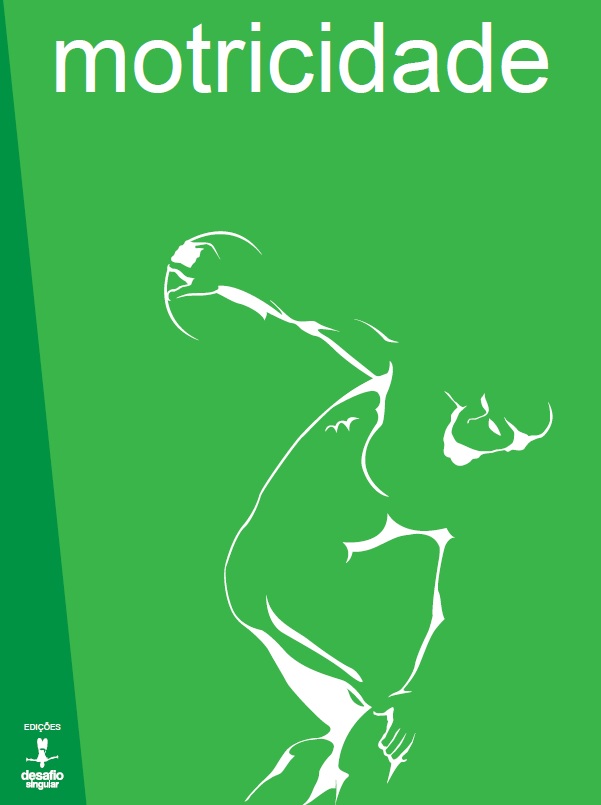Kinematic variables of gait and quality of life in Parkinsonians after different treadmill trainings
DOI:
https://doi.org/10.6063/motricidade.10809Resumo
The aim of this study was to analyze and compare the effects of gait training on a treadmill associated with partial body weight support (PBWS) or auditory stimulus (AS) and the kinematic variables of gait and quality of life (QOL) in patients with Parkinson's disease (PD). Twenty-one volunteers with PD participated and were divided into: group with PBWS (GPBWS) with AS (GAS), and control group (CG). Soil step length (SL), SL variability (SLV), step width (SW), SW variability (SWV), gait speed (GS), and QOL were evaluated by the Parkinson’s Disease Questionnaire-39 (PDQ-39). The training was performed for six weeks, with three weekly sessions of 30 minutes. The results show homogeneity of groups (p> 0.05). There was an increase of SW in the GPBWS (p= 0.006) and GS in the GAS (p= 0.048) and decreased PDQ-39 in the CG (p= 0.005) and GAS (p= 0.006). For groups, regardless of evaluation, there were differences in SWV between the GPBWS and GAS (p= 0.030); for evaluations, independent of groups, there were differences in GS (p= 0.048) and PDQ-39 (p= 0.002). It is concluded that, among the studied conditions, training on a treadmill, regardless of stimuli, is clinically advantageous for improved gait and QOL.
Downloads
Ficheiros Adicionais
Publicado
Edição
Secção
Licença
Os autores dos manuscritos submetidos para publicação deverão ceder, a título integral e permanente, os direitos de autor (copyright) à revista Motricidade e às Edições Sílabas Didáticas. A cedência de direitos de autor permite a publicação e divulgação do artigo em formato impresso ou eletrónico e entrará em vigor a partir da data de aceitação do manuscrito. Os autores concedem, ainda, os direitos para a revista Motricidade utilizar e explorar o respetivo artigo, nomeadamente para licenciar, ceder ou vender o seu conteúdo a bases de resumos/indexação ou outras entidades.
Nos termos da licença “Creative Commons”, os autores poderão reproduzir um número razoável de exemplares para uso pessoal ou profissional, mas sem fins comerciais. Nos termos da licença SHERPA/RoMEO, os autores poderão, ainda, disponibilizar/arquivar uma cópia digital final (versão postprint) do artigo no seu website ou no repositório científico da sua instituição.


